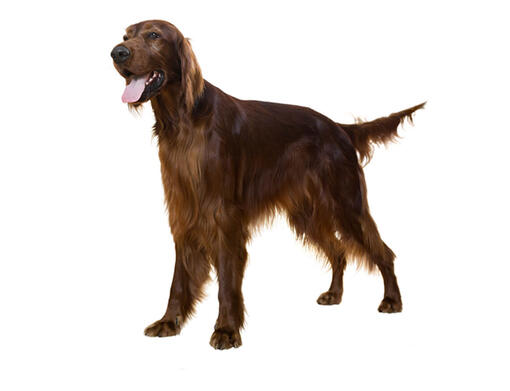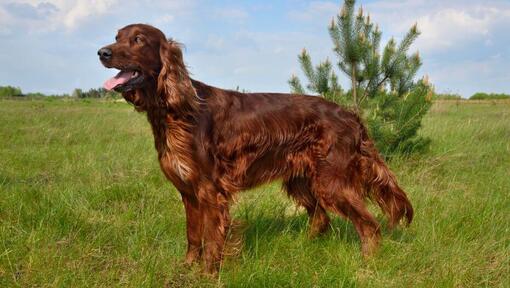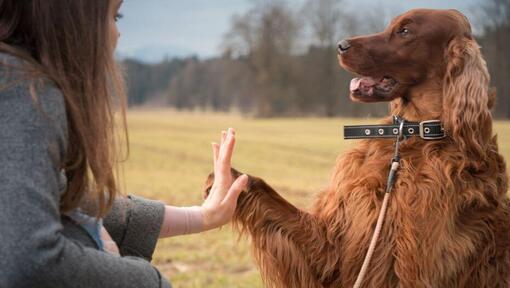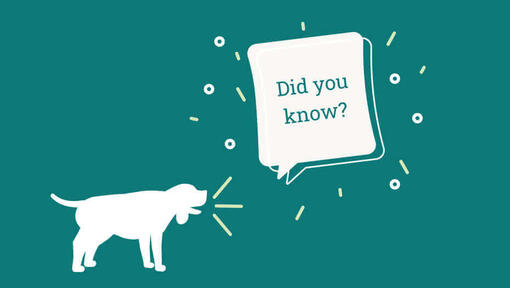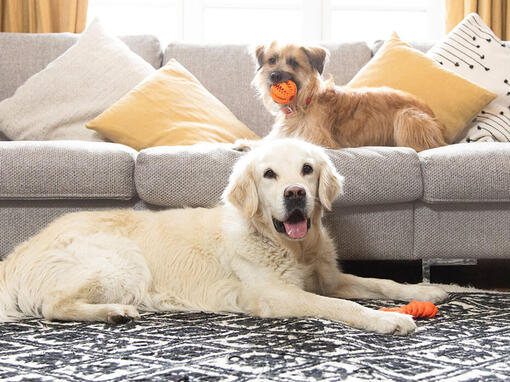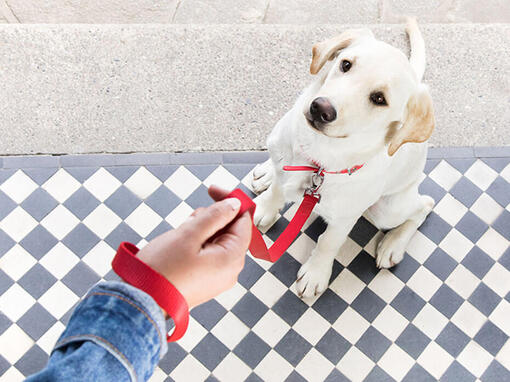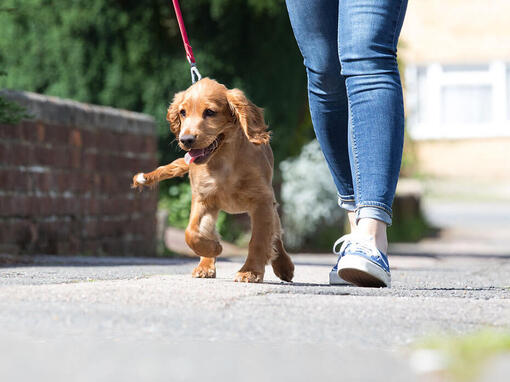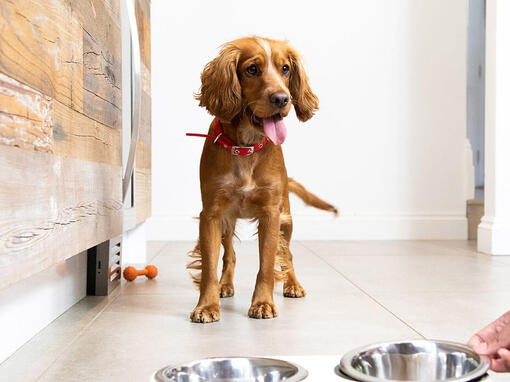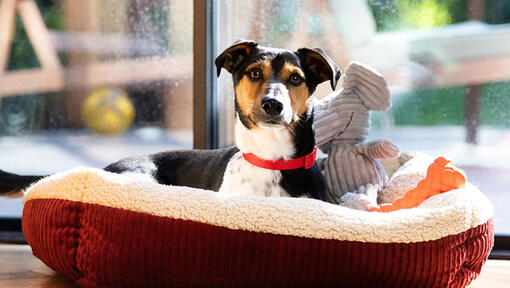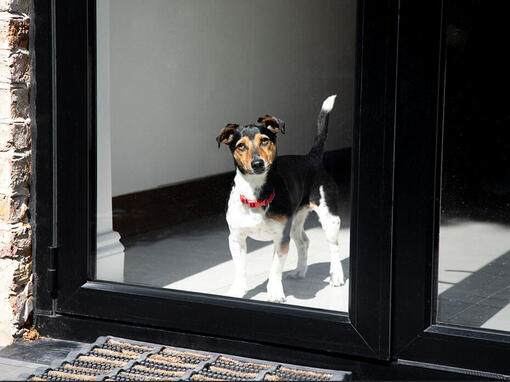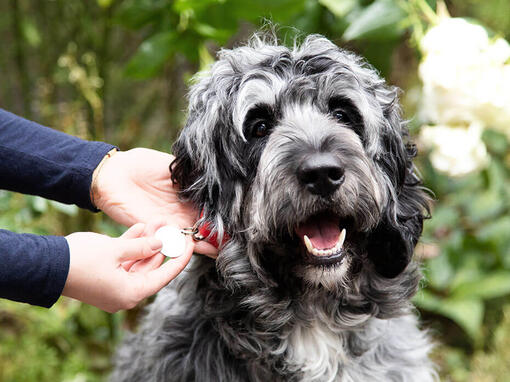Personality
The well-bred, well-socialised and well-trained Irish Setter is extraordinarily sweet and makes an affectionate, loyal family pet. Early exposure to cats and careful supervision is essential if they are to share a home with them - and they may not be safe with strange cats or any small furry animals.
Being terribly friendly, this is not a good guard dog, though he will announce the presence of a visitor. The Irish Setter remains playful throughout his life - one of his more endearing traits. They are often thought of as being a bit ditzy and brainless - or even highly strung - but this is generally because people buy them for their glamour and underestimate how much exercise and input this working dog needs to stay healthy and happy.
